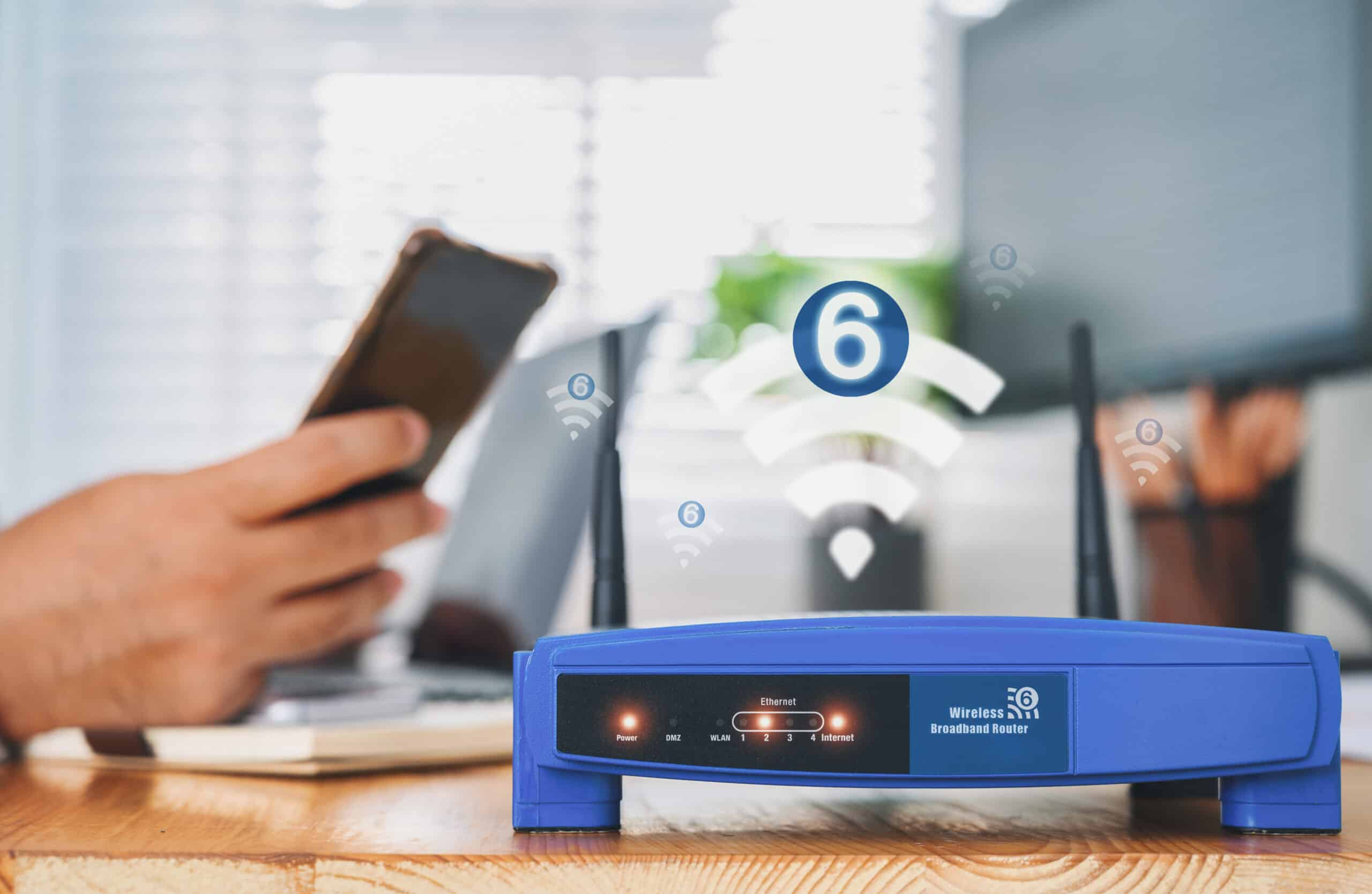In this day and age an effective and reliable WiFi signal is crucial for uninterrupted connectivity and efficiency. Strategic placement of Wireless Access Points is crucial to achieve this. The location of the WAP’s is vital for maintaining WiFi stability and strength. Explore the importance of WAPs and how you can choose the right wireless access point for your home.
Wap Wireless Access Points are essential network devices that allow wireless-enabled gadgets to join wired networks via WiFi as well as other standards. It plays a pivotal role in expanding the reach of your network while removing the need for heavy wires. A WAP receives information from a network router through an Ethernet cable and transforms it into a wireless signal. This signal is picked up by WAPs and allows them to connect to the network. For more information, click WAP Wireless Access Point
The impact of WAP Placement
It is important to place an WAP with care to ensure a reliable WiFi signal throughout your area. The positioning of the WAP could affect the quality of your signal, the range of coverage, and the overall performance of your WiFi network. Placing the WAP in an optimal location helps in mitigating interference, expanding coverage as well as improving the overall experience for users.

Factors that affect WAP signal strength
There are many factors that can influence the signal the WAP device sends. They include:
Signal Strength: The strength of the signal sent by the WAP.
Range: The maximum distance that the WAP is able to transmit an unwavering and stable signal.
Interference: Obstacles and electronic devices which can interfere with the WiFi signal.
The Most Effective Home Access Point
To get the most efficient wireless performance, selecting the correct WAP for your office or home is crucial. Think about these points when choosing the right access point to your home:
Signal Strength and Coverage Choose a WiFi that has a an impressive signal strength and a vast coverage area. This will ensure that the WiFi signal is available in your preferred area, without dead zones.
Choose a WiFi that has technologies to manage interference. This may include dual-band or tri-band capabilities to make it easier to navigate the crowded WiFi channels.
Easy setup and configuration – Select a WAP which is simple to set up and configure. Simple installation processes and simple interfaces save time and effort.
Security Features: Select WAPs with security features like encryption protocols, security settings, and security settings. This safeguards your network’s information and also helps protect it.
Scalability: Ensure that your WAP can accommodate the number of devices you plan to connect. A WAP that can be scalable grows along with your network demands and becomes a future proof investment.
Optimizing WAP Placement for Maximum Performance
Central Position: Position the WAP to ensure the WiFi signal is evenly distributed throughout the area. This will reduce dead zones, and ensure a steady connection throughout the building.
A higher elevation: Place the WAP in a higher spot for example, on the wall or ceiling. This will help to broadcast the signal more effectively while also enhancing coverage. eliminate obstructions.
Avoiding Interference – Keep the WiFi away from any equipment or other materials which could create interference. Examples include microwaves, cordless phones and steel structures. This will help maintain an unobstructed and clear WiFi signal.
Professional Assessment: Talk to IT professionals for a thorough review of your space. They can determine optimal WAP locations based on specific needs.
Conclusion
In the fast-changing technological world, having a reliable WiFi connection is essential. Wireless Access Points play an important part in this by extending the coverage of your network, and also providing reliable WiFi signals. Placing your WAP strategically and selecting the best wireless access point are crucial factors in achieving optimal WiFi performance.
The time and effort spent evaluating your space, understanding the elements that affect the strength of WAP signals, and taking into consideration the most important aspects of a WAP will have a profound impact. Understanding the art of putting up WAPs will help you fully utilize the power of your WiFi and provide uninterrupted connectivity.
